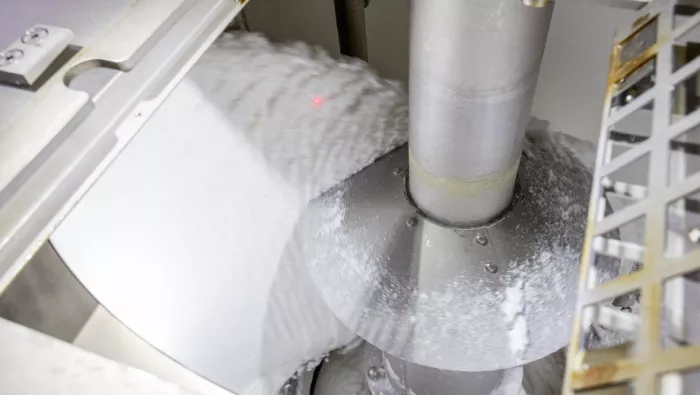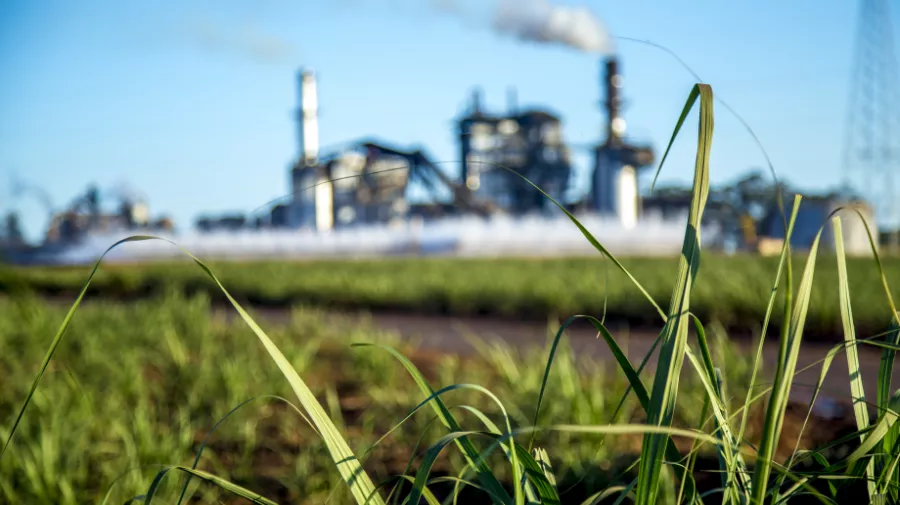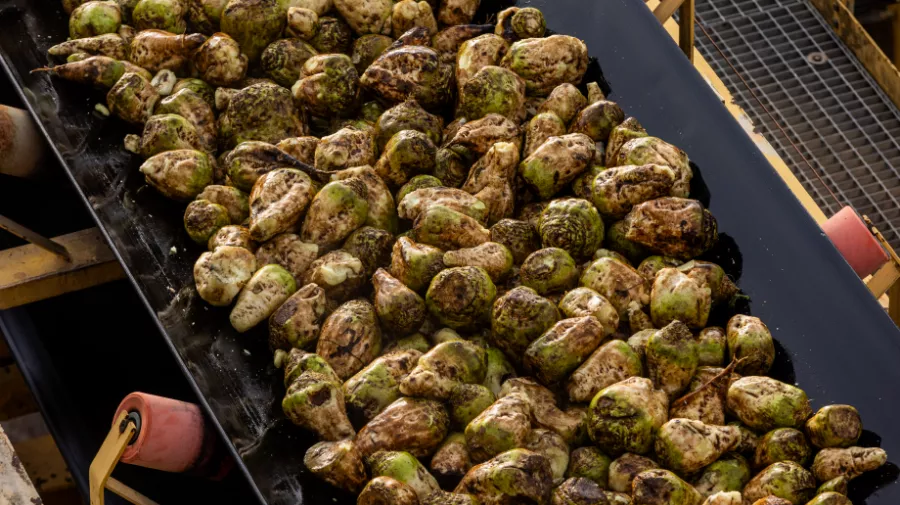
Processing and refining of sugar cane and beet
Once sugar cane and sugar beets have completed their journey from the farm to the mill processing or refining facilities, the transformation into the familiar sweet crystals we use in our daily lives begins.
How is sugar produced?
Sugar is produced naturally in sugar beet and sugar cane plants. The plants are harvested, washed, and the juice extracted. The juice is then boiled, refined to remove the impurities, and finally the natural sugars contained within the extracted juice are crystallised.
What gives sugar its white colour?
Sugar is naturally white. It is the naturally-occurring molasses, which give brown sugar its colour. These molasses are extracted during the refining of white sugar.
Discover below how sugar is processed and refined.


